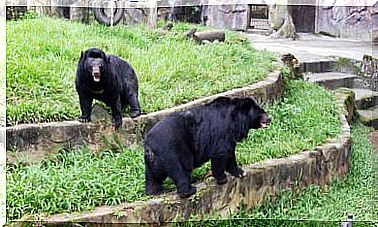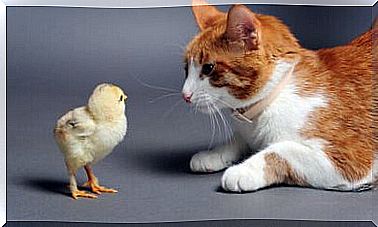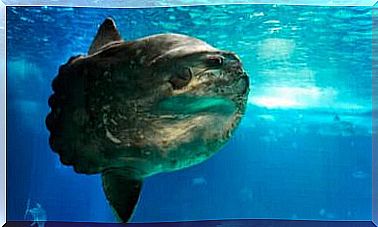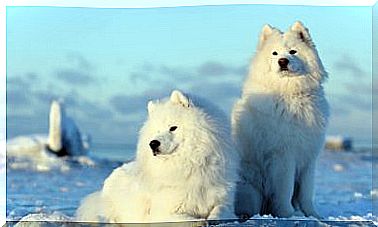Ostrich Habitat And Feeding

The elegance and power of these flightless birds make the ostrich the king of the African savannah. Meet the biggest bird in the world.
Habitat and essential characteristics of the ostrich
Scientific name Struthio camelus , the ostrich is a flightless bird that is endemic to the African savannah, although we can also find it in desert areas on the same continent. With a life expectancy that can reach 40 years, this peculiar bird has generated a lot of talk in the scientific community.
Its high weight – it can weigh up to 158 kilos – does not prevent the ostrich from being one of the best runners in the African savannah. Its muscular and long legs allow it to reach a speed of up to 70 km/h.
Its wings, in fact, help it change direction in the middle of the race, taking advantage of the friction with the wind, while its long legs allow it to cover between three and four meters in a single step.
This species is omnivorous and feeds mainly on plants, roots and seeds, but also on insects and lizards. In the face of threats, he often presses his neck against the ground to make himself less visible from a distance, as a full-grown adult ostrich can measure more than eight feet.

Ostrich social and reproductive life
This species usually groups in herds of up to 12 animals. In its hierarchical structure, an alpha male and an alpha female dominate the group, although the male also ends up copulating with the rest of the females in the group. During the heat season, males make a sound similar to a lion’s roar, as well as whistling if they need to fight another for their alpha position in the herd.
Each mother usually produces an egg, which she will place in the dominant female’s nest. The position the egg occupies within this nest is generally a reflection of the power each specimen holds, so the alpha mother occupies a central position.
Interestingly, both the alpha male and female incubate all eggs, in turns. However, if the alpha female finds that there are too many eggs, she may end up getting rid of some of them. Each egg can weigh the equivalent of 12 chicken eggs.
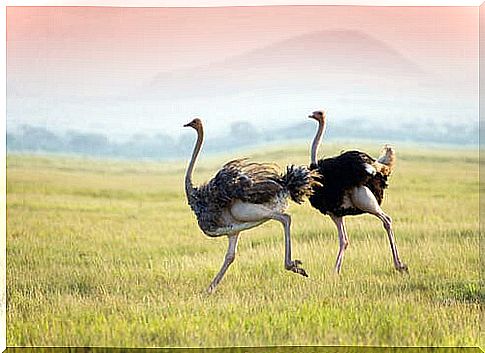
a shrinking population
Although ostrich are now associated with the African savannah, the truth is that before there were many more varieties spread across different countries on the African continent. The best known and most abundant variety is the Struthio camelus camelus , native to North Africa and which can be found – albeit in small numbers – in Morocco and Sudan.
The Struthio camelus syriacus , found in Syria and the Arabian Peninsula, became extinct in 1941. This species was mainly exploited in the Middle Ages for its feathers, which adorned the helmets of medieval knights and today their meat and skin, producing a leather very soft, are also appreciated.
The oldest fossil ever found related to the ostrich dates from the period known as the Eocene, that is, more than 55 million years ago.


